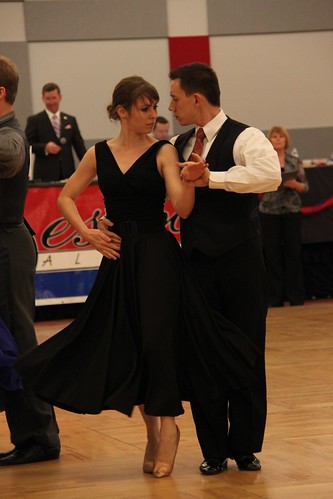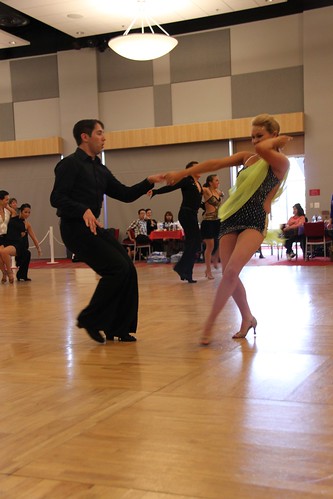Here is a copy of a letter that I sent my Senators and my Representative in Congress in regards to the PROTECT IP Act and the Stop Online Piracy Act. We will see what happens…
Dear Senator McCain,
I am writing to you as a registered Arizona voter and concerned constituent about S. 968, the PROTECT IP Act. I urge you to vote "no" on the upcoming motion to invoke cloture on the bill.
Albeit well-intentioned, the PROTECT IP Act does not provide adequate oversight over measures targeted against alleged offenders, raising legitimate concerns about the Act's constitutionality. PROTECT IP would also effectively overturn critical portions of the Digital Millennium Copyright Act—portions that form the legal backbone of the American tech industry. These sections (in particular, 17 U.S.C. §512) are what allow the start-up technology companies of today to become the Googles of tomorrow, creating jobs for thousands of Americans in the process. Lastly, the methods through which the PROTECT IP Act would combat copyright infringement are similar—and sometimes identical—in nature to those used by regimes with questionable human rights records. The impression that the United States created the "Great Firewall of America" would irreparably damage our credibility when asking them to remove censorship barriers that impede the spread of democracy and free enterprise.
The PROTECT IP Act is fundamentally flawed, as it would stifle the growth of our nation’s tech sector, would introduce due process questions, and would erode America’s position as a global leader. As such, it does not deserve floor consideration. Any solution to the piracy problem needs to consider the effects it would have on the Internet economy—a place where the United States has a clear competitive advantage. I hope you will take my concerns about this bill into account, and oppose this legislation by voting "no" on cloture.






